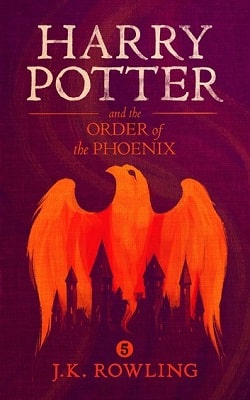“Mercenaries,” said Quinn.
“As in Congo?” asked Hayman.
“As in Congo, Yemen, South Sudan, Biafra, Rhodesia.”
“From here to here,” said Hayman, gesturing to ten yards of chin-high steel filing cabinets. “The table’s at the end.”
It took Quinn four hours, but no one disturbed him. The photograph showed four men, all white. They were grouped around the front end of a Jeep, on a thin and dusty road edged by the bush vegetation of what looked like Africa. Several black soldiers could be discerned behind them. They were all in camouflage combat uniform and calf boots. Three had bush hats. All carried Belgian FLN automatic rifles. Their camouflage was of the leopard-spot type favored by Europeans rather than the streaked variety used by the British and Americans.
Quinn took the photo to the table, put it under the spot lamp, and found a powerful magnifying glass in the drawer. Under its gaze, the design on the hand of one of the men showed up more clearly, despite the sepia tint of the old photo. A spider’s web motif, on the back of the left hand, the spider crouching at the center of the web.
He went on through the files but found nothing else of interest. Nothing that rang a bell. He pressed the buzzer to be let out.
In his office Julian Hayman held out his hand for the photograph.
“Who?” said Quinn. Hayman studied the rear of the picture. Like every other card entry and photo in his collection, it bore a seven-figure number on the back. He tapped the number into the console of his desk-top computer. The full file flashed up on the screen.
“Hmm, you have picked some charmers, old boy.” He read off the screen. “Picture almost certainly taken in Maniema Province, eastern Congo, now Zaire, some time in the winter of 1964. The man on the left is Jacques Schramme, Black Jack Schramme, the Belgian mercenary.”
He warmed to his narration. It was his specialty.
“Schramme was one of the first. He fought against the United Nations troops in the attempted Katangan secession of 1960 to ’62. When they lost he had to quit and took refuge in neighboring Angola, which was then Portuguese and ultra-right wing. Returned on invitation in the autumn of 1964 to help put down the Simba revolt. Reconstituted his old Leopard Group and set about pacifying Maniema Province. That’s him all right. Any more?”
“The others,” said Quinn.
“Mmmm. The one on the extreme right is another Belgian, Commandant Wauthier. At the time he commanded a contingent of Katangan levies and about twenty white mercenaries at Watsa. Must have been on a visit. You interested in Belgians?”
“Maybe.” Quinn thought back to the Volvo in the warehouse. He was passing the open door, caught the odor of cigarette smoke. Not Marlboro, not Dunhill. More like French Gauloises. Or Bastos, the Belgian brand. Zack did not smoke; he had smelt his breath.
“The one without the hat in the middle is Roger Lagaillarde, also Belgian. Killed in a Simba ambush on the Punia road. No doubt about that.”
“And the big one?” said Quinn. “The giant?”
“Yes, he is big,” agreed Hayman. “Must be six feet six at least. Built like a barn door. Early twenties, by the look of him. Pity he’s turned his head away. With the shadow of his bush hat you can’t see much of his face. Probably why there’s no name for him. Just a nickname. Big Paul. That’s all it says.”
He flicked off the screen. Quinn had been doodling on a pad. He pushed his drawing across to Hayman.
“Ever seen that before?”
Hayman looked at the design of the spider’s web, the spider at its center. He shrugged.
“A tattoo? Worn by young hooligans, punks, football thugs. Quite common.”
“Think back,” said Quinn. “Belgium, say thirty years ago.”
“Ah, wait a minute. What the hell did they call it? Araignée—that was it. Can’t recall the Flemish word for spider, just the French.”
He tapped at his keys for several seconds.
“Black web, red spider at the center, worn on the back of the left hand?”
Quinn tried to recall. He was passing the open passenger door of the Volvo, on his way to climb into the trunk. Zack behind him. The man in the driver’s seat had leaned across to watch him through the hood slits. A big man, almost touched the roof in the sitting position. Leaning sideways, left hand supporting his weight. And in order to smoke he had removed his left glove.
“Yeah,” said Quinn. “That’s it.”
“Insignificant bunch,” said Hayman dismissively, reading from his screen. “Extreme right-wing organization formed in Belgium in the late fifties, early sixties. Opposed to decolonization of Belgium’s only colony, the Congo. Anti-black, of course, anti-Semitic—what else is new? Recruited young tearaways and hooligans, street thugs and riffraff. Specialized in throwing rocks through Jewish shop windows, heckling leftist speakers, beat up a couple of Liberal members of Parliament. Died out eventually. Of course, the dissolution of the colonial empires threw up all sorts of these groups.”
“Flemish movement or Walloon?” asked Quinn. He was referring to the two cultural groups within Belgium: the Flemings, mainly in the northern half near Holland, who speak Flemish, and the Walloons from the















